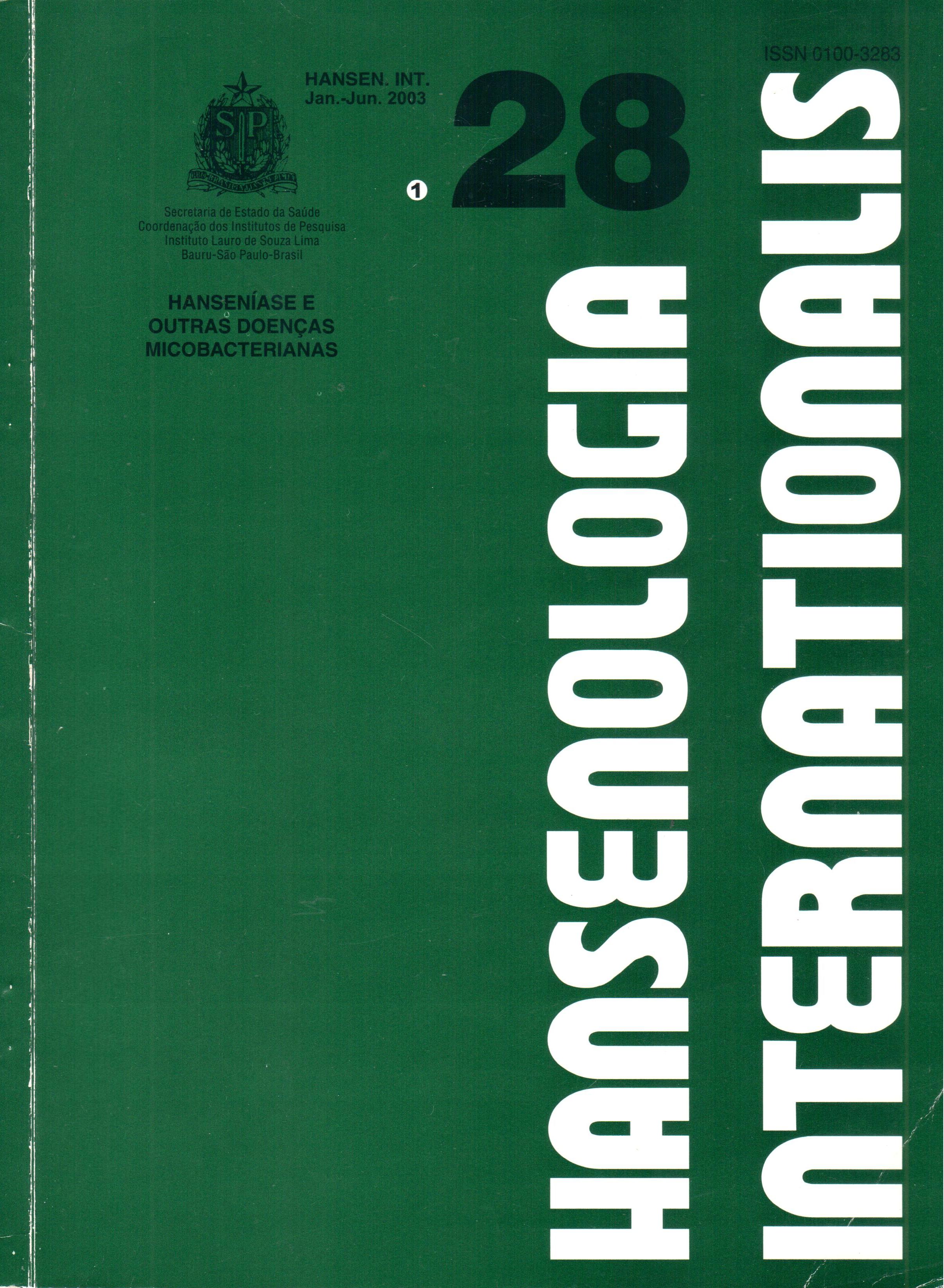Abstract
The diagnosis of a 61 year-old lepromatous leprosy woman patient from a small town of São Paulo state is discussed. Among all factors that have led to the late diagnosis, we may point out the little importance given to alterations of the face at older ages, and when severe, these changes may mimic other pathologic states or vice versa; also, the lack of knowledge of health professional about the disease, despite their training efforts. Such presentations are not very common today, but these cases are important to maintain the endemy mainly because of the difficulties in examining all their contacts. The authors highlight the number of multibacillary patients who have been diagnosed between the age range of 65 and more years in the state of São Paulo in 1999, 2000 and 2001. These patients have contributed to the persistency of leprosy and many of them may have already passed away without proper leprosy diagnosis, probably because of the insufficient training of personnel.
References
2 NOORDEEN, S.K. The epidemiology of leprosy. In: HASTINGS, Robert C. Leprosy. 2ed. Edinburg: Churchil Livingstone, 1994. p.29-45.
3 LOMBARDI, C.; FERREIRA, J.; MOTTA, C. de P.; OLIVEIRA, M. L. WAND-DEL-REY. Hanseníase: epidemiologia e controle. São Paulo (Estado). Imprensa Oficial; 1990. p.85.
4 INTERNATIONAL LEPROSY ASSOCIATION (ILA). Report of the Technical Forum. Paris. Int. J. Lepr., (Supplement), v. 70, n.1, p. 25-28, February, 2002.
This journal is licensed under a Creative Commons Attribution 4.0 International License.
